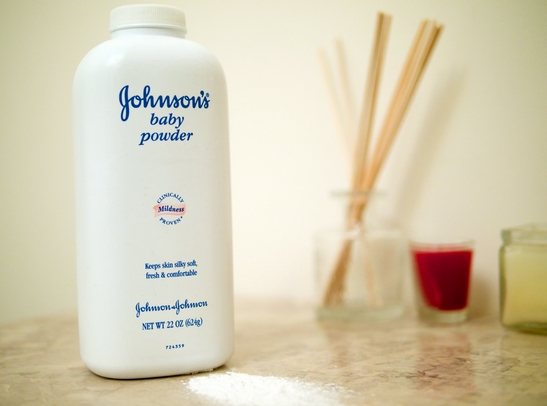
Do you look at your smartphone in bed? Do you work night shift? Do you live in the city? If you answered “yes” to any of these questions, you need to know that a new study has found that exposure to artificial lighting at night can raise a person’s risk of developing prostate or breast cancer.
The study, which was carried out by Spanish researchers, looked at people’s exposure to outdoor artificial light from streetlights using satellite imagery from the International Space Station along with their exposure to indoor artificial light as self-reported in questionnaires. They studied more than 4,000 people with and without breast and prostate cancer from 11 regions in Spain from 2008 to 2013, examining the blue light spectrum data for each person’s longest residence.
The people who were exposed to higher amounts of blue light outdoors at night had a 1.5-fold greater risk of breast cancer and a twofold higher chance of prostate cancer when compared to those with less exposure. Moreover, men who were exposed to higher levels of indoor artificial light had a prostate cancer risk that was 2.8-fold higher.
While past studies have calculated the intensity of nighttime artificial light using satellite imagery, this one is the first to specifically study the amount of blue light. It’s worth noting that exposure to other types of artificial light outdoors, like light with high amounts of green and red in the visible spectrum, wasn’t linked to the development of the cancers studied.
Because blue light possesses a shorter wavelength than other visible light, it has more energy. It reduces the release of melatonin, which the brain uses to regulate your body’s circadian rhythm. Disrupting these clocks is believed to raise a person’s cancer risk. Melatonin can also act like an antioxidant, and having enough of it is needed to stop hormone-sensitive cancers like prostate and breast cancer from growing.
Many outdoor LED lights have blue light, especially those that have a color temperature that exceeds 3,000 Kelvin. This measurement indicates a light’s spectral content, or how much blue, red, yellow and green light it contains. Higher color temperatures typically indicate greater amounts of blue light. The American Medical Association has recommended that outdoor LEDs do not exceed 3,000 Kelvin due to the potentially dangerous effects on human health and the environment.
Some cities have replaced their outdoor LEDs with lights that use a lower color temperature in response to concerns put forth by citizens. If your city has these lights, you can use blinds and shutters to block out the light from the street at night. No matter where you live, you should make sure your bedroom uses softer light bulbs.
What about the light from electronic devices?
The researchers were quick to caution that their study only looked at the blue light that comes from outdoor LED lights and not that of smartphones and tablets. Nevertheless, they believe the same mechanism could be at play, so it’s important to be cautious.
It’s a good idea to curb your use of electronic devices before bed anyway because it can disrupt sleep, but if you’re having trouble cutting down for any reason, one thing you can do is use an application that reduces your device’s blue light emissions. Some smartphones have this feature built in, and it’s simply a matter of looking in your settings and activating it. For example, iPhones have a Night Shift feature that will filter the blue light out, and it can be set to activate automatically each evening at a set time or according to the sunset in your area.
If you work night shift, you might want to consider getting yourself a pair of glasses that block blue light. They’re very affordable and can be especially useful if you work in front of windows at night while also using a computer, for example.
Next, the researchers would like to see studies that measure people’s indoor light levels at night, and they’d also like to see research in young people who use screens that emit blue light extensively.
See Cancer.news for daily news coverage of cancer causes and prevention strategies.
Sources for this article include:
Please contact us for more information.





















